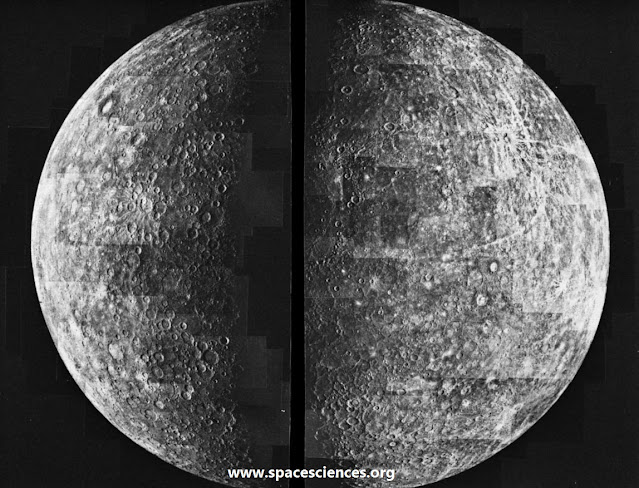How did Mercury form so close to the Sun?
Scientists are still not entirely sure how Mercury formed so close to the Sun. However, there are a few leading theories:
Disk instability model
This theory suggests that Mercury formed when the solar nebula, the disk of gas and dust that surrounded the early Sun, was still unstable. The instability caused the disk to break up into clumps of material, and one of these clumps formed Mercury.
Core accretion model
This theory suggests that Mercury formed by the accretion of smaller objects, such as planetesimals and asteroids. The accretion process was thought to have been very rapid, which is why Mercury is so dense and has such a large iron core.
Grand Tack model
This theory suggests that Mercury originally formed further out in the solar system, but was later pulled closer to the Sun by Jupiter's gravity. The theory also suggests that Mercury may have lost a significant portion of its mass during this process, which is why it is so small.
It is also possible that a combination of these factors contributed to Mercury's formation. For example, the disk instability model could have created the initial clump of material that formed Mercury, and the core accretion model could have caused Mercury to grow in size. The Grand Tack model could then explain why Mercury is so close to the Sun today.
More research is needed to fully understand how Mercury formed. However, the leading theories suggest that Mercury formed either from the instability of the solar nebula or from the rapid accretion of smaller objects. It is also possible that Mercury's formation was influenced by Jupiter's gravity.





0 Comments
Please don't enter any spam link in the comment box.